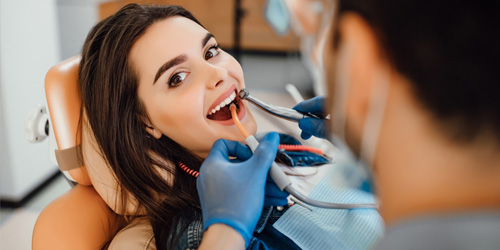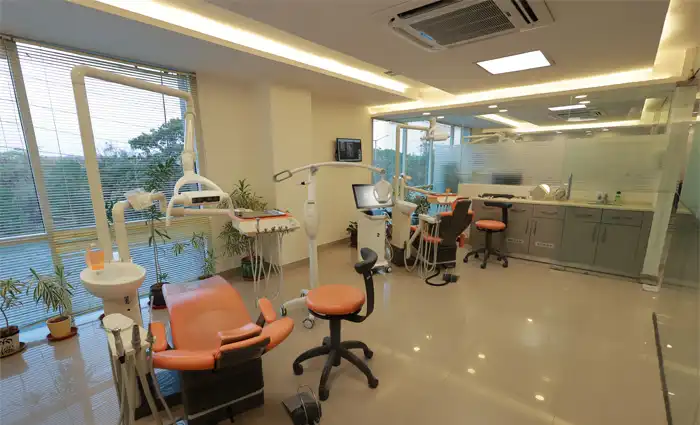Pterygoid implants are designed to be anchored in the pterygoid region of the maxilla, specifically engaging the pterygoid plate of the sphenoid bone. This anatomical area provides a dense and stable bone structure, making it an ideal site for implant placement, especially in cases where conventional maxillary implants may not be feasible due to bone loss or other structural issues.
Why do You Need a Pterygoid Implant?
When a patient is missing molars, especially the second molar, the question of whether to replace it often arises. Typically, patients opt not to replace the second molar for various reasons, usually believing they can manage without it. Additionally, general dentists may avoid suggesting a dental implant for the second molar due to insufficient bone volume or density in that area of the jaw.
However, when a patient is completely edentulous, the same dentist will provide dentures that include the second molars, resulting in a total of 28 teeth—14 in the upper jaw and 14 in the lower jaw. The cost of pterygoid implants is a significant factor that can influence this decision.
Consequences of Not Replacing the Second Molar or Back Teeth
When molars are missing, the remaining front teeth experience excessive load, leading to enamel loss. This wear results in a reduction of vertical height, which can cause internal derangement of the temporomandibular joint (TMJ).
A missing molar can cause adjacent teeth to collapse into the vacant space, leading to rearrangement of the surrounding teeth and a subsequent loss of vertical height.
Reasons to Restore the Second Molar
The following reasons highlight why a second molar implant is essential for normal jaw function:
Replicating Nature: The TMJ functions as a Class-3 lever, where the food bolus (load) should be positioned close to the muscle (effort) for optimal mechanical advantage. If the food bolus is nearer to the premolars rather than the molars, this mechanical advantage is lost.
Molar Design for Grinding: Molars have a larger chewing surface compared to other teeth. Upper molars have three roots, and lower molars have two, providing a large root surface area designed to withstand high chewing forces.
Complete Dentures Include Second Molars: Complete dentures feature 28 teeth, including the second molars. When even a single second molar is missing, it is typically replaced. Procedures such as sinus lifts are performed to replace the first or second molars. Replacing the second molar is especially important in full-mouth dental implant reconstructions.
How to Replace the 2nd Molars?
The following flowcharts summarises the decision-making when deciding to replace the molars:
Structural and Functional Characteristics
The unique positioning and design of pterygoid implants confer several advantages over traditional implants. By anchoring in the pterygoid region, these implants can bypass areas of significant bone resorption and provide a stable foundation for dental prosthetics.
Pterygoid implants are particularly beneficial for patients experiencing severe maxillary atrophy, sinus pneumatization, or those who have undergone multiple failed implant attempts. They also offer a viable alternative for patients who are contraindicated for sinus lift procedures or extensive bone grafting.
The immediate loading capability of pterygoid implants is a significant advantage, allowing for the placement of a dental prosthesis shortly after the implant procedure. This reduces the waiting time for patients and enhances overall satisfaction by minimizing the period without teeth.
Comparison of Pterygoid Implants and Zygomatic Implants





